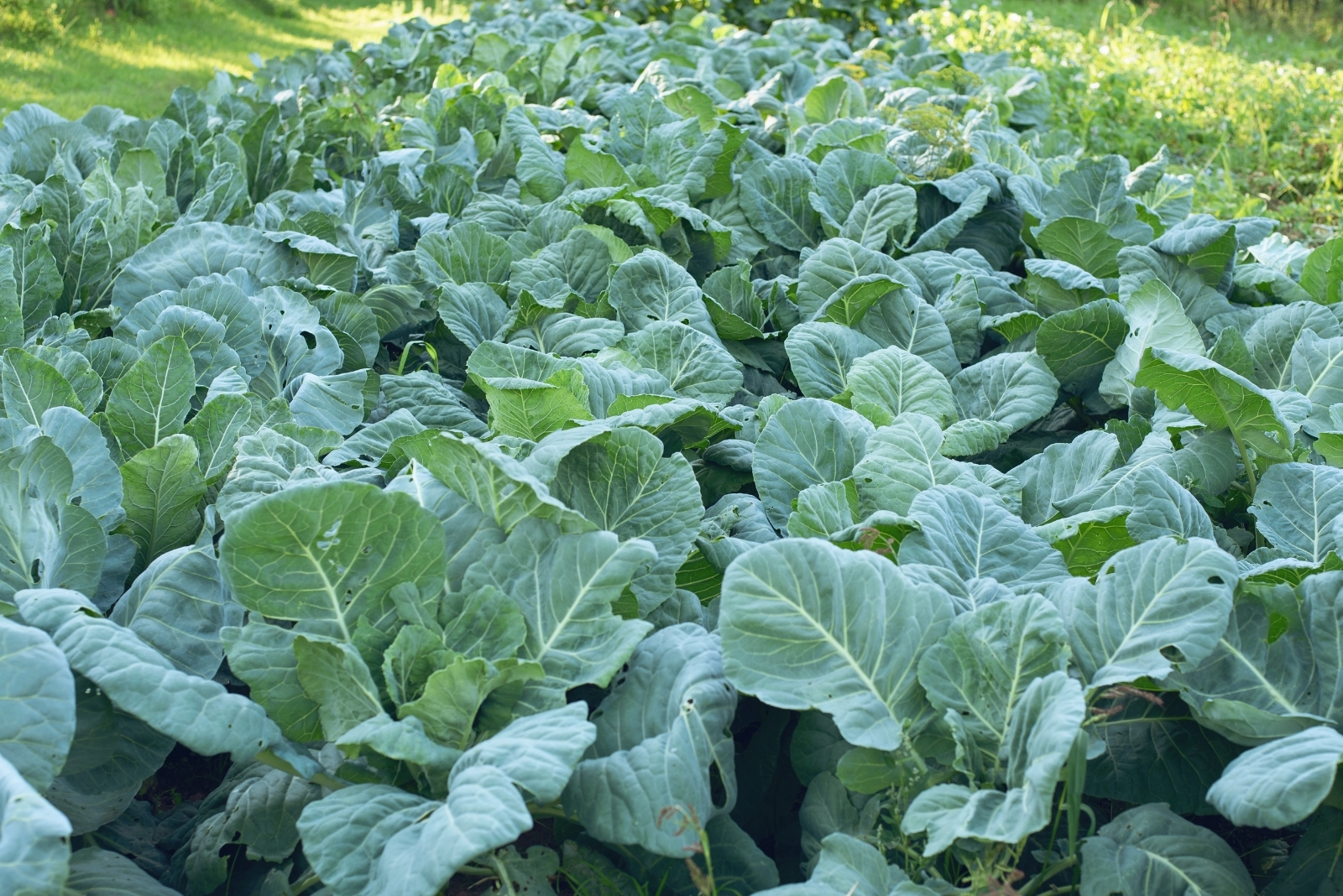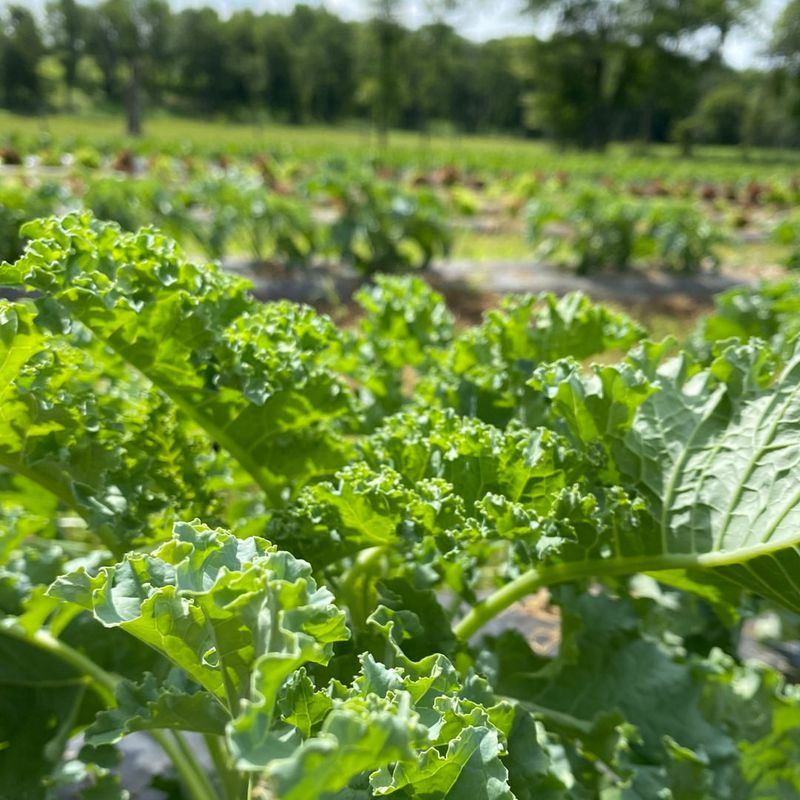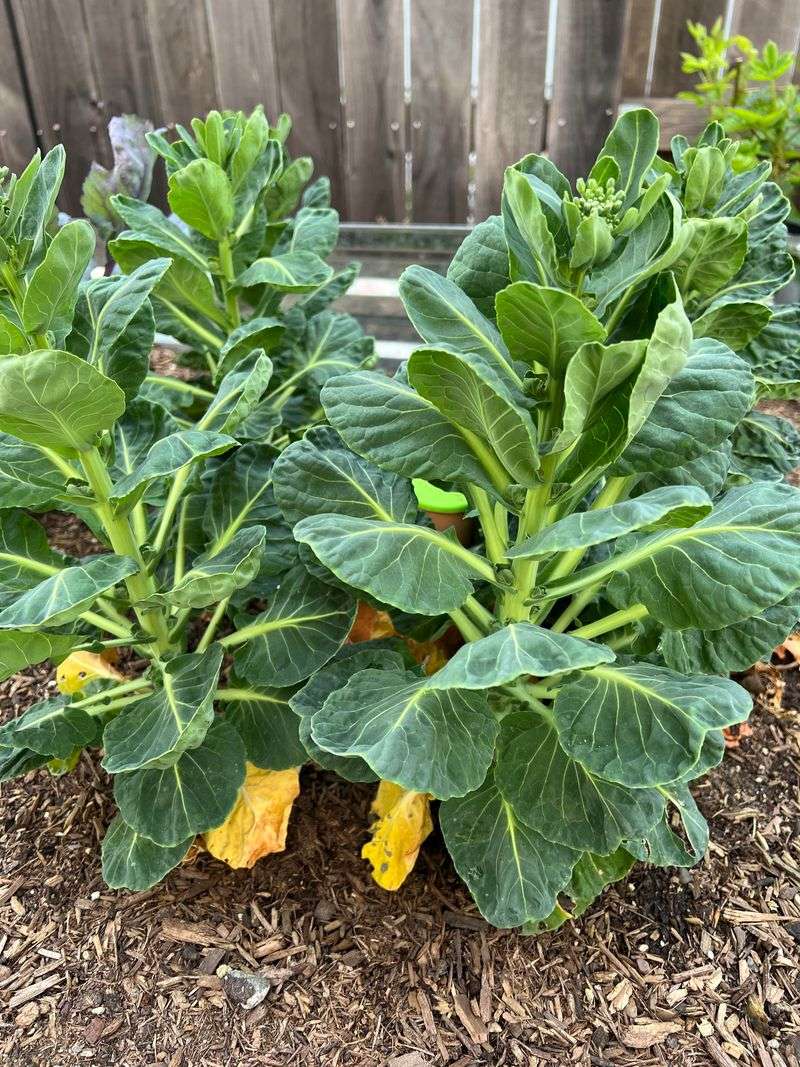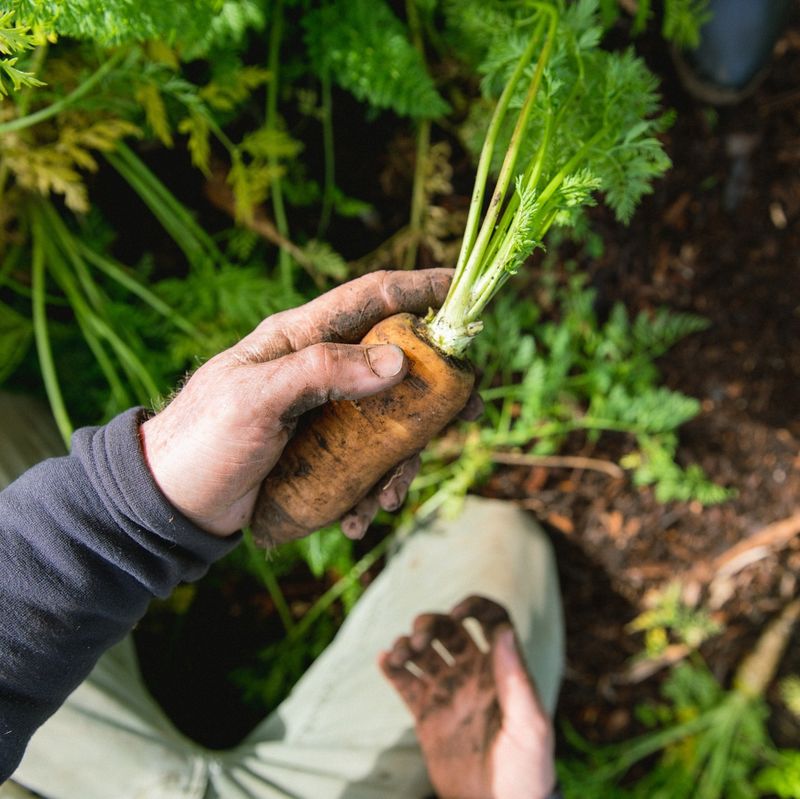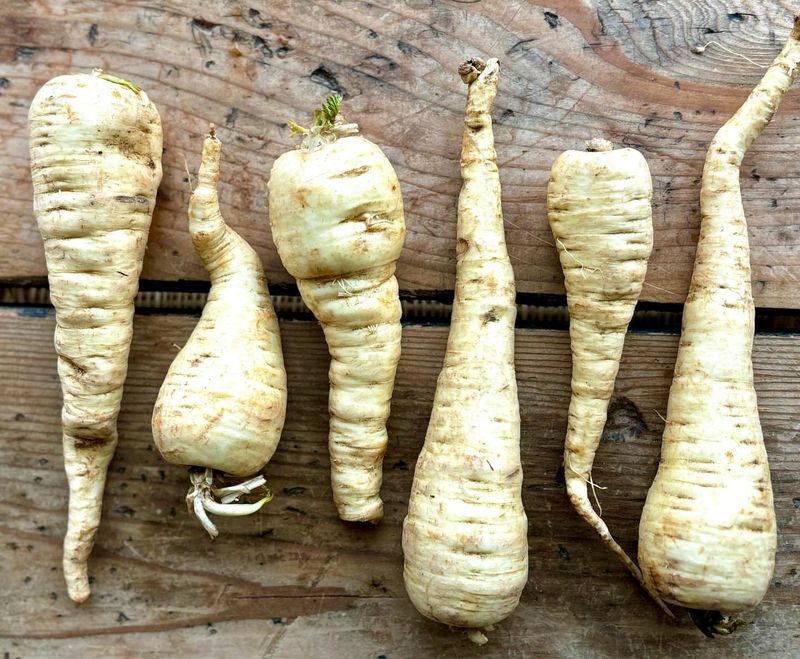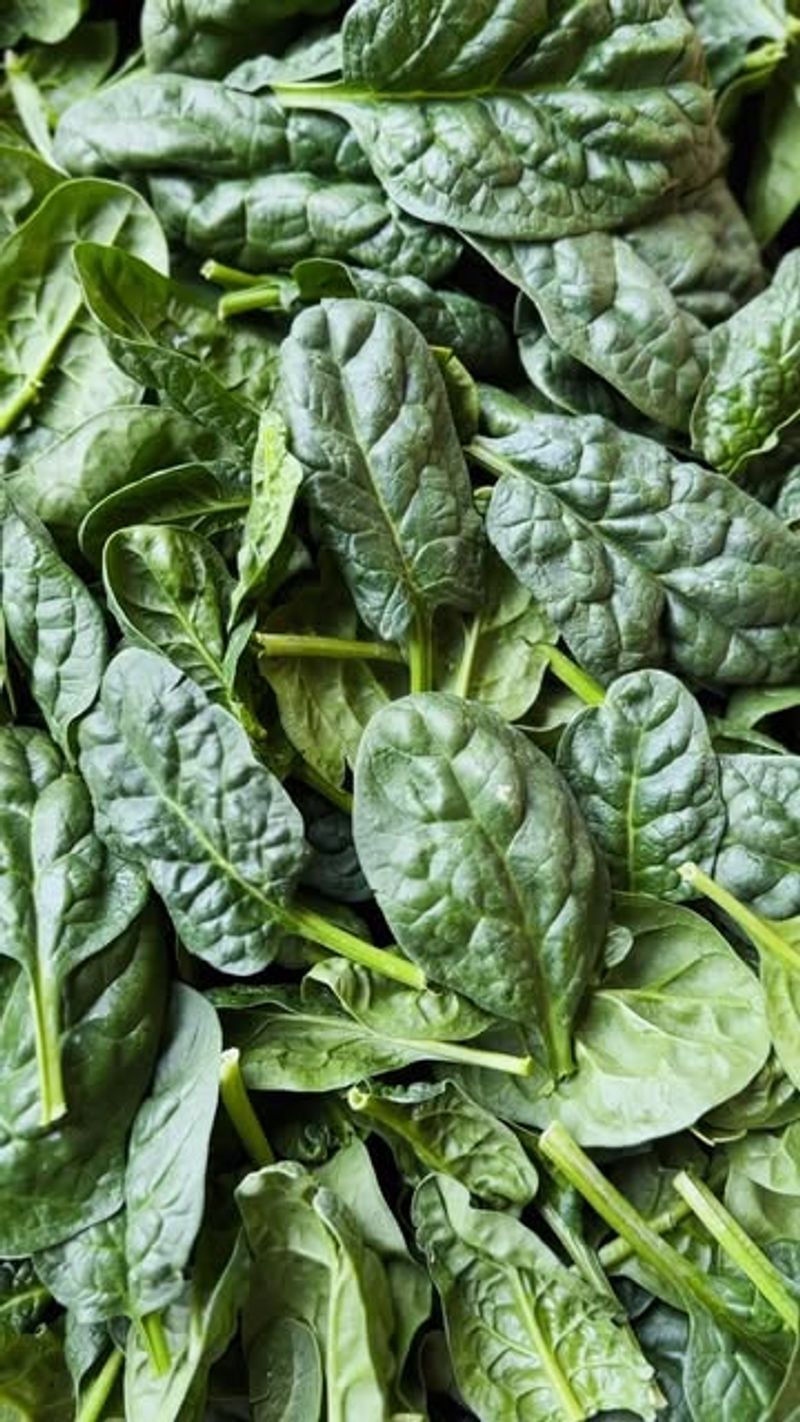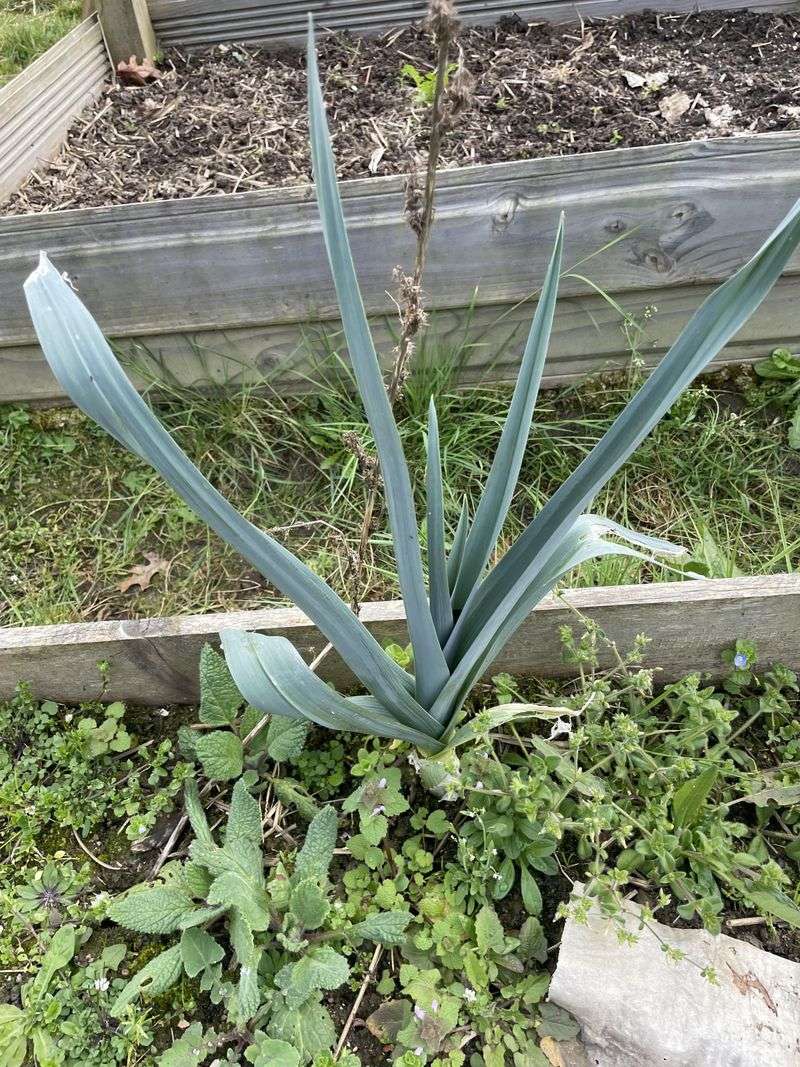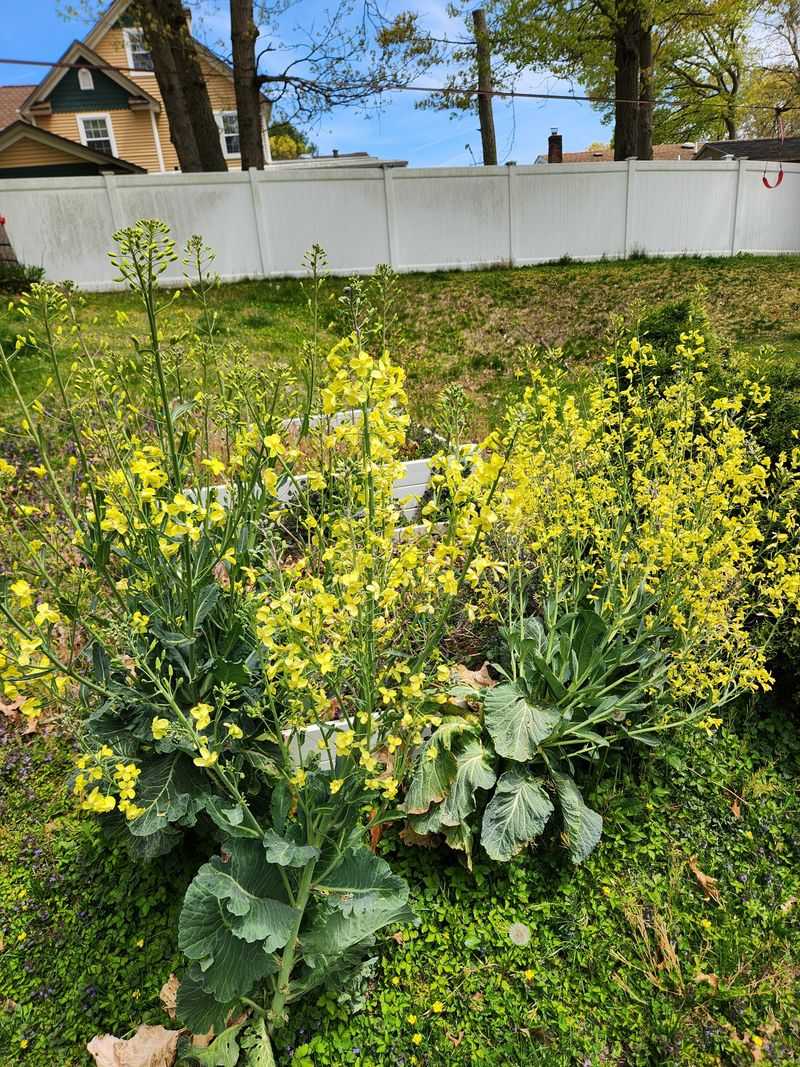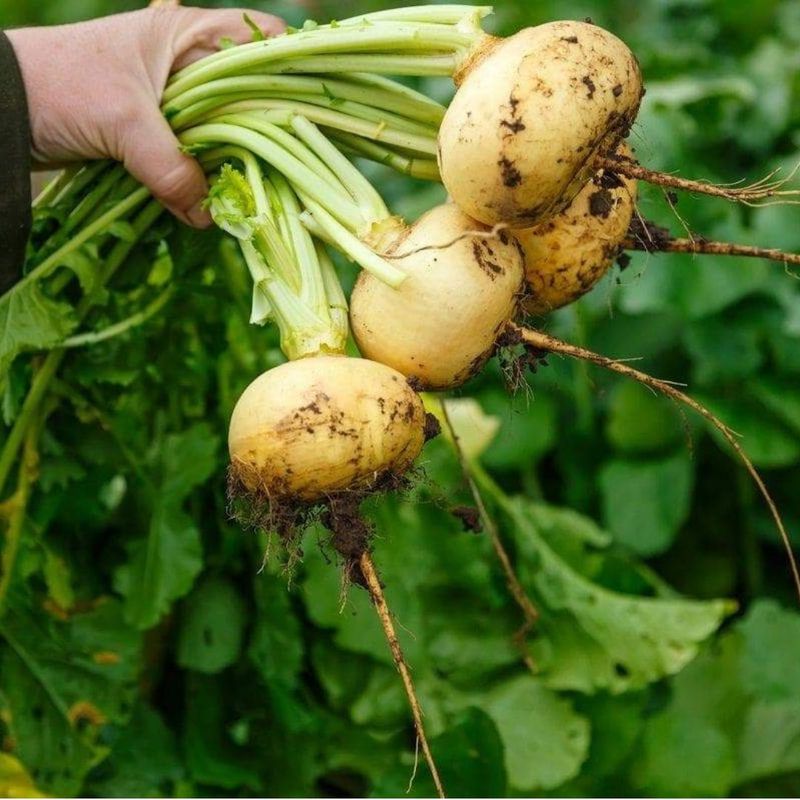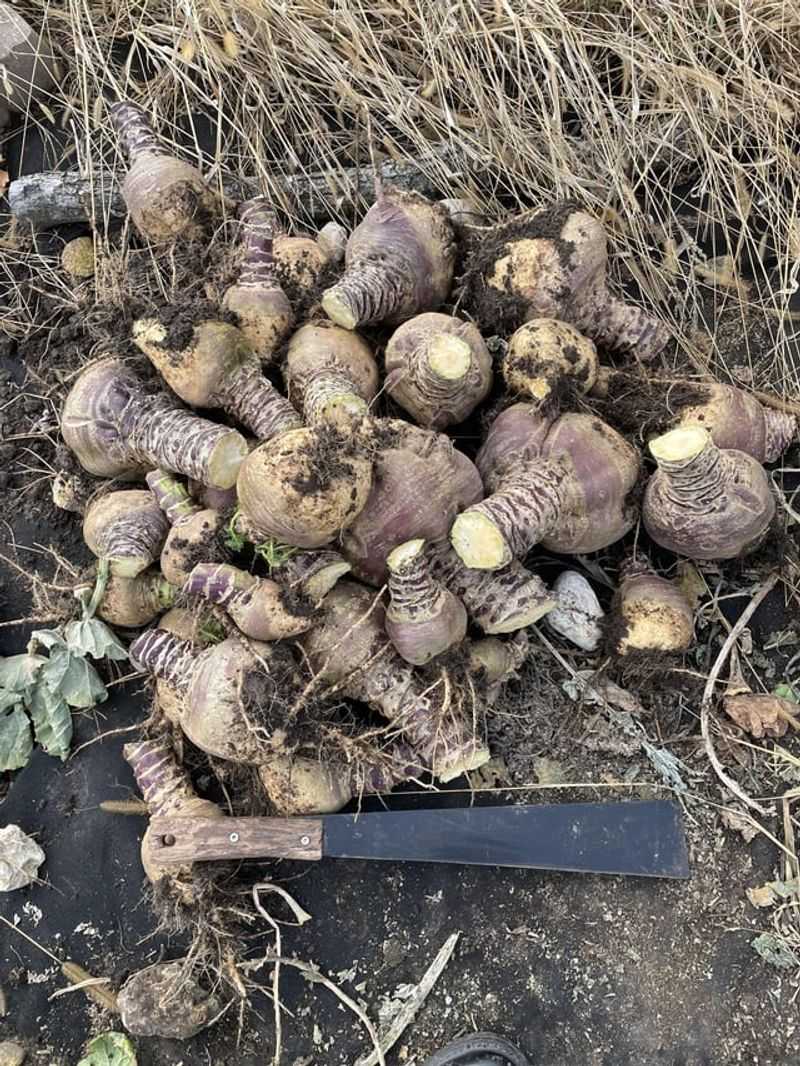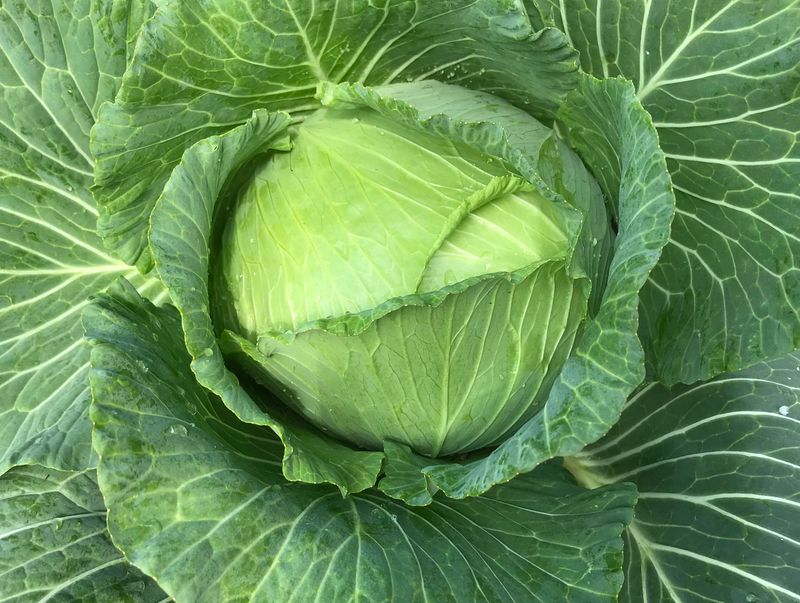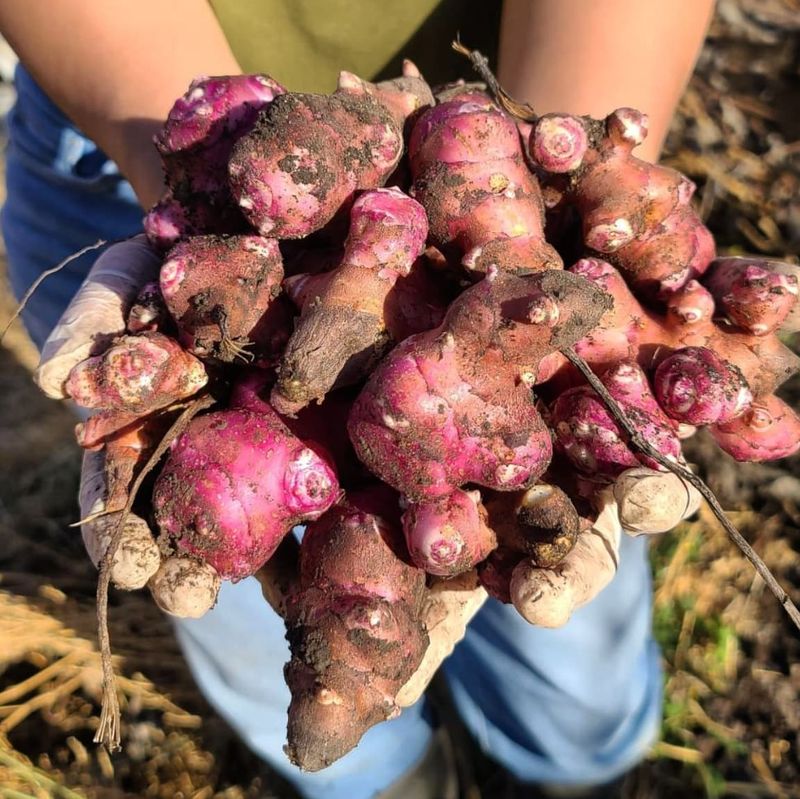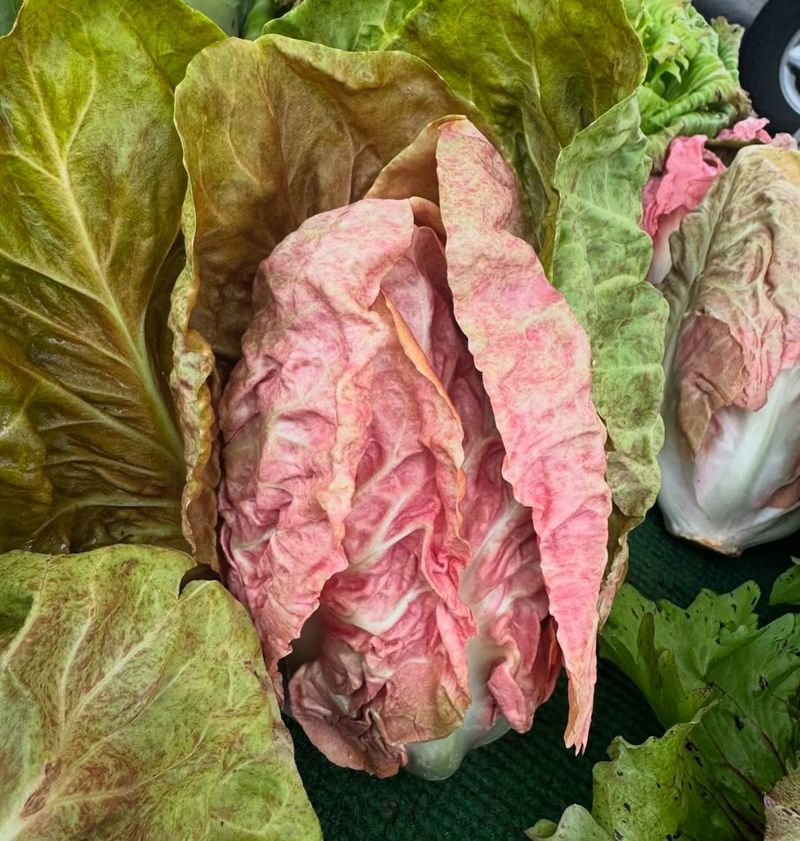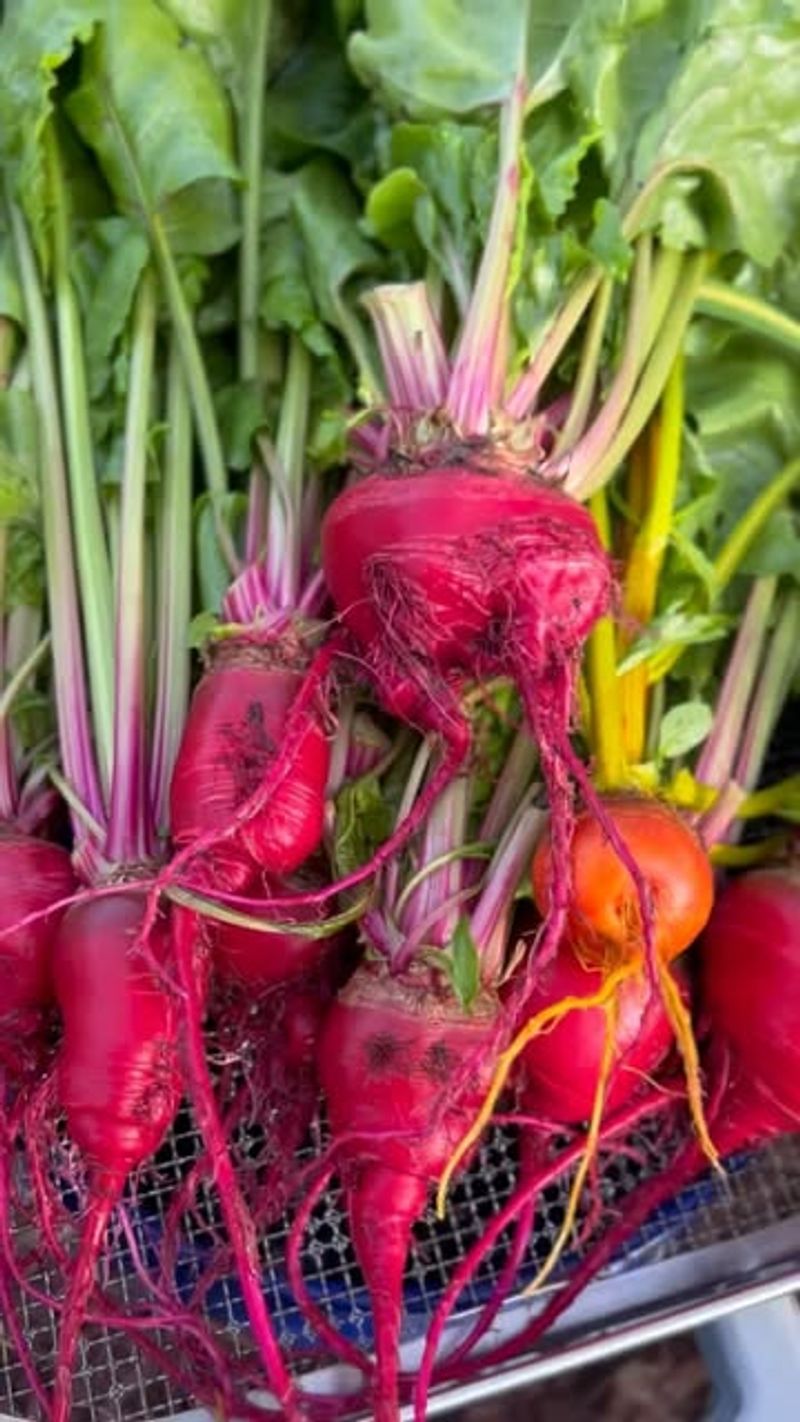Some vegetables actually love Wisconsin’s chilly weather, and I’ve been amazed at how much better they grow when temperatures drop.
I used to worry about frost, but these cold-hardy veggies seem to thrive instead. With a little planning, your garden can stay productive well into the cooler months. Watching them grow stronger and tastier in crisp air is so rewarding.
I’ll share the vegetables that shine in cold weather and keep my garden full of flavor.
1. Kale
After the first frost hits Wisconsin gardens, kale transforms from slightly bitter to remarkably sweet. The cold triggers sugar production in the leaves, making them tastier than their summer counterparts.
Many Wisconsin gardeners leave kale in the ground well into November, harvesting as needed for soups and stews. The plants can withstand temperatures down to 20°F while improving in flavor.
2. Brussels Sprouts
Nothing beats the nutty sweetness of Brussels sprouts harvested after a Wisconsin frost. The cold weather reduces their characteristic bitterness and brings out delightful caramel notes when roasted.
Across Wisconsin farms, these mini cabbages often stay on stalks until December. Patience rewards gardeners with firm, flavorful sprouts that outshine any you’d find during warmer months.
3. Carrots
Winter carrots develop an incredible sweetness that summer harvests can’t match. Wisconsin gardeners often leave these root vegetables in the ground under a thick mulch blanket throughout the cold months.
The freezing temperatures force carrots to convert starches to sugars as a natural antifreeze. Many Badger State families maintain the tradition of digging fresh carrots from snow-covered gardens for holiday meals.
4. Parsnips
Legendary among Wisconsin old-timers, frost-kissed parsnips develop an almost maple-like sweetness. Their flavor complexity increases dramatically after temperatures dip below freezing for a week or two.
Some Wisconsin families mark the first spring thaw by harvesting overwintered parsnips. The roots become so sweet and tender that they’ve earned the nickname “winter candy” among northern gardeners.
5. Spinach
Hardy winter spinach varieties become surprisingly sweet and tender after exposure to Wisconsin’s frosty nights. The cold-stressed leaves develop a more complex flavor with less of the oxalic acid bite present in summer crops.
Many Wisconsin market gardeners grow spinach in unheated hoop houses throughout winter. The plants freeze solid overnight but thaw undamaged by day, ready for harvest with enhanced sweetness.
6. Leeks
Wisconsin’s cold weather transforms leeks from good to extraordinary. Their flavor mellows beautifully while developing subtle sweet notes that make winter leek soup a true delicacy.
Throughout the state, gardeners leave leeks standing in the ground with soil mounded around them. They can be harvested even through light snow, providing fresh flavor when most gardens lie dormant.
7. Collard Greens
After Wisconsin’s first hard frost, collard greens undergo a remarkable transformation. The cold converts starches to sugars, reducing bitterness and creating a more complex, almost nutty flavor profile.
Many gardeners throughout the state consider cold-kissed collards a special treat. The sturdy plants stand proud through early winter snows, providing fresh greens when most gardens have shut down for the season.
8. Turnips
Winter turnips develop a remarkable sweetness that completely transforms these often-overlooked root vegetables. Wisconsin gardeners who harvest them after several frosts are rewarded with a milder, more complex flavor.
Many families across the state leave turnips in the ground under a thick mulch layer. The cold-sweetened roots provide a welcome taste of freshness during Wisconsin’s long winter months.
9. Rutabagas
Cold weather works magic on rutabagas, turning them from waxy and bitter to surprisingly sweet. Wisconsin farmers have long known that these hearty roots improve dramatically after several hard frosts.
Throughout the northern counties, rutabagas are often left in the ground until the soil begins to freeze solid. The cold-sweetened flavor makes them perfect for traditional Wisconsin winter stews and roasts.
10. Cabbage
Wisconsin’s chilly fall temperatures transform cabbage into a sweeter, more complex vegetable. The cold triggers sugar development while reducing the sulfurous compounds that give summer cabbage its strong smell.
Many families across the state maintain the tradition of harvesting late-season cabbage for holiday meals. The frost-kissed heads make exceptional slaws and fermented dishes like sauerkraut.
11. Jerusalem Artichokes
After Wisconsin’s first freezes, Jerusalem artichokes develop a remarkable nutty sweetness. These native sunflower relatives store their energy as inulin, which converts to fructose after cold exposure.
Foragers throughout the state often wait until after several hard frosts to dig these knobby tubers. The winter-harvested roots have a more pleasant flavor and are easier to digest than their fall counterparts.
12. Radicchio
Wisconsin’s frosty temperatures transform bitter radicchio into something remarkably different. The cold stress triggers sugar production that balances the natural bitterness with subtle sweetness.
Market gardeners across the state grow special winter varieties that develop beautiful red and white coloration after cold exposure. The frost-kissed heads have complex flavors that summer-grown radicchio can’t match.
13. Beets
Winter beets develop an incredible sweetness that makes summer harvests pale in comparison. Wisconsin gardeners often leave late plantings in the ground under a thick mulch layer through early winter.
The freezing temperatures cause beets to convert starches to sugars as a natural antifreeze. Many families across the state consider these cold-sweetened roots a special winter treat for holiday tables.

